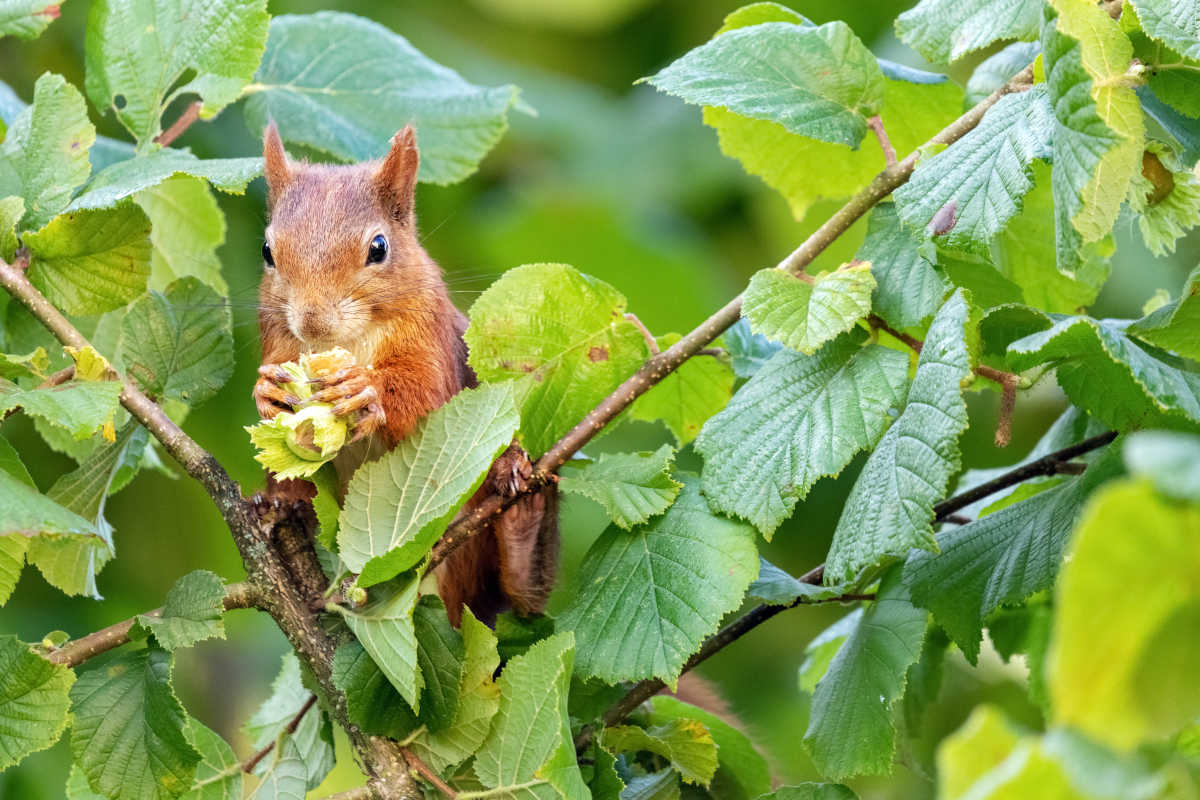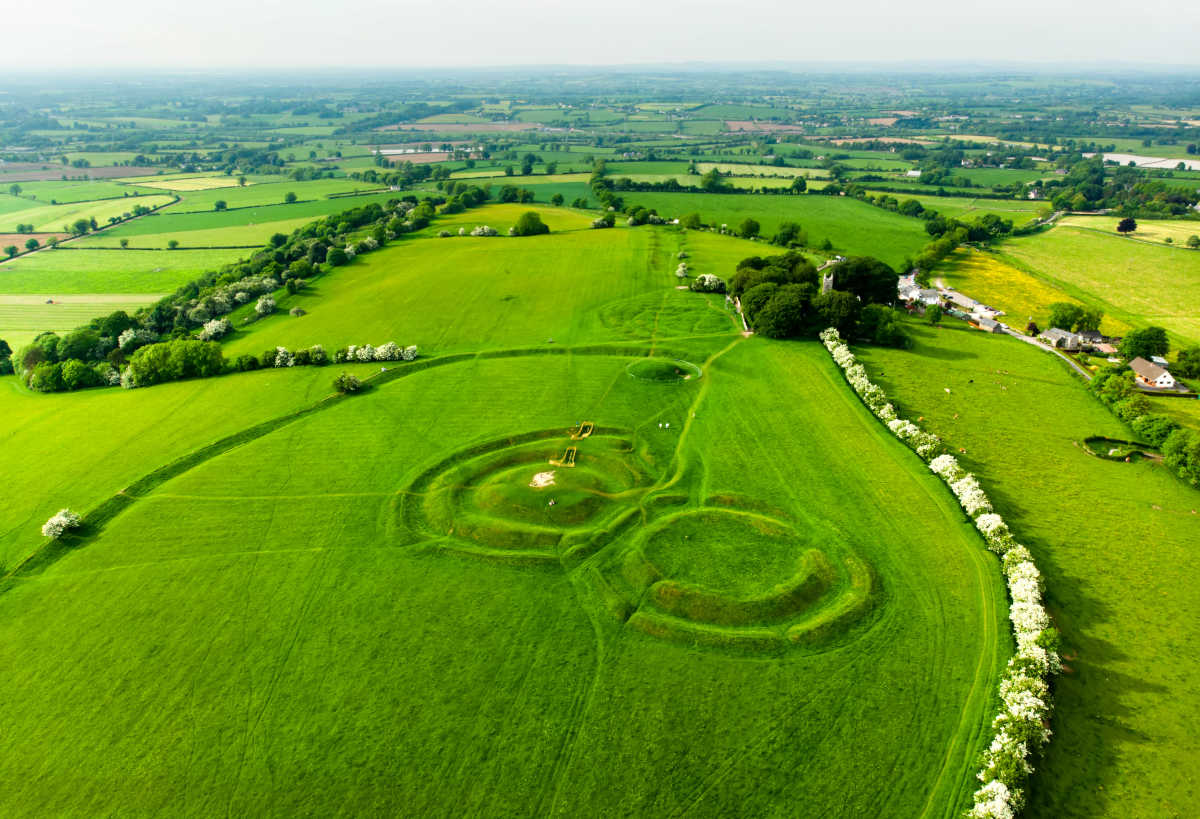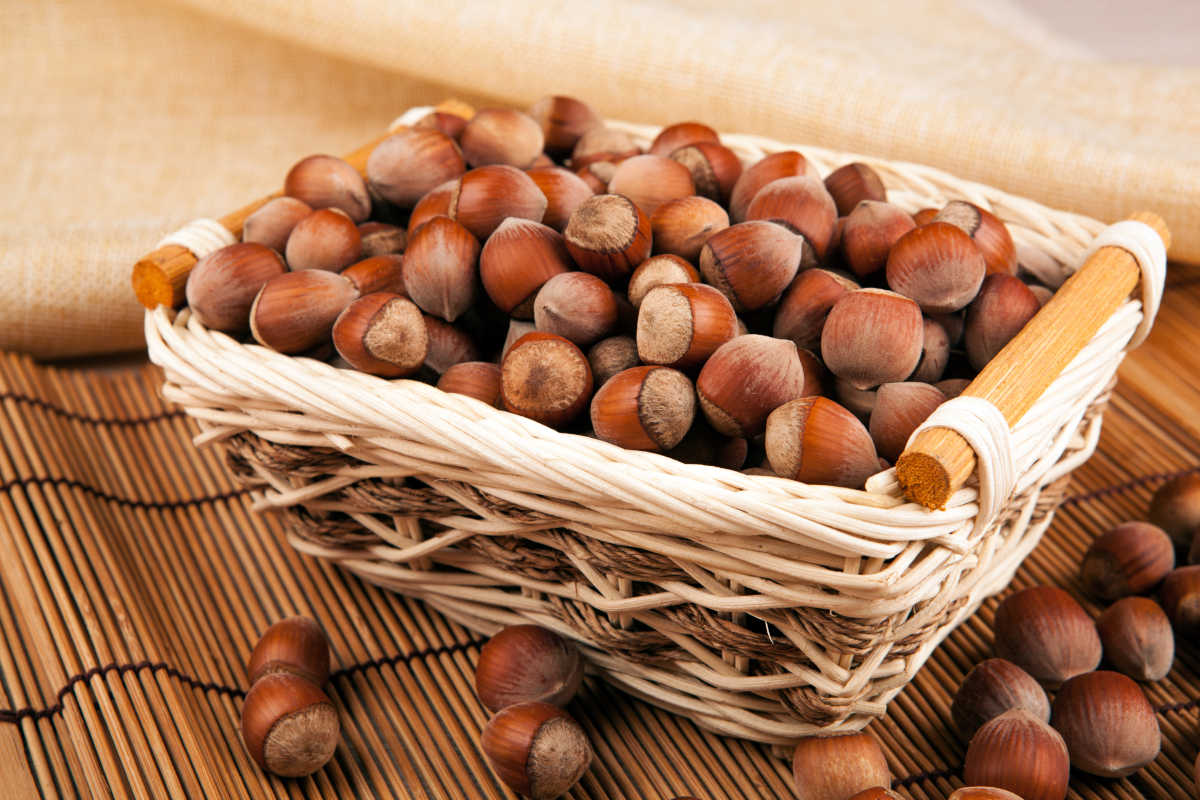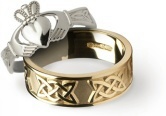Blog Categories
Blog CategoriesCeltic Hazel and Harvest Traditions in August
"I went out to the hazel wood,
Because a fire was in my head,
And cut and peeled a hazel wand,
And hooked a berry to a thread."
WB Yeats, The Song of Wandering Aengus
Hazel is the Celtic Tree of the Zodiac from August 5th onwards to the beginning of September and has huge significance when it comes to harvest time and the changing of the seasons.
 |
| Squirrel Collecting Hazelnuts |
Tied to inspiration and wisdom and based on the idea that the time of our births is related to the formation of our behavior and personality, the Celtic Tree system of astrology was developed from the Druids' knowledge of the cycles of the earth and their connection with the trees.
The hazel tree was of importance to the ancient tribal people of Europe. They watched as the summer started to depart in August and autumn began to drift through the air. They saw August through the lens of the ancient hazel tree.
The Celts called this time Coll, which roughly translates as inner life force - pointing to the connection between essential life energy and this segment of the cycles of the seasons.
While the bright and long summer days are the time of work, maximum growth, and the expression of life in the outer world, August sees the move into the darker days and shorter evenings. Hazel was and is seen as a very useful tree to have and hazelnuts were harvested from late August through October when they had fallen from the trees.
Hazel trees, or the crann coill, are among the most important trees in Irish mythology and folklore. Associated with wisdom and authority, in old English the word "haesl" means "rod of power". The druids would often choose to carry a hazel wand over an oaken staff. They were so respected as chieftain trees that in some places, chopping one down actually carried a death sentence!
In many Irish legends it was said that nine hazel trees grew around the well at the heart of the world, and when their nuts fell into the well, its waters carried them to the seven rivers of Ireland, where they were then eaten by the salmon of knowledge.
 |
| Hill of Tara in County Meath, Ireland |
High Kings and Hazel
The seat of the High Kings of Ireland, Tara, was close to a hazel wood, and Clonard's mighty monastery was built in the Wood of the White Hazel. The Tuatha Lord whose name was actually Mac Cuill (son of the hazel) was said to have been given a third of the country for his use to grow hazel trees.
All over Ireland there are place names associated with the hazel and along with the apple tree and the hawthorn, they were said to mark the borders between worlds where very magical things happened.
Druids brewed a very strong liquor called "hazelmead" which was said to bestow them with prophetic dreams and otherworldly visions, especially when consumed before the fires of festivals.
Besides its rich mythological value, the hazel tree also had many practical uses that still are relevant to this day. Its wood is used for the making of walking sticks and shepherds crooks. In times past, it was used for making wattle huts and even walls, the frames for baskets and boats and even cottage roofs in thatching. The leaves were also fed to cattle as fodder in winter.
Hazelnut bark was used as a toothbrush, and a strong tea made from its crushed nuts and leaves was used to treat coughs.
 |
The nuts of the hazel tree were eaten as food, providing a much-needed protein which was often ground and added to flour to make bread. Hazelnut paste was used as a replacement for chocolate at times, and it can be mashed into butter as well and is very popular right now across the world. Strained hazelnut milk also offers a delicious alternative to dairy milk.
While hazelnuts are popular today, the Irish tradition of making as much use of hazelnuts as possible goes back so far that hazelnuts shells can be found in many Irish Mesolithic sites!
